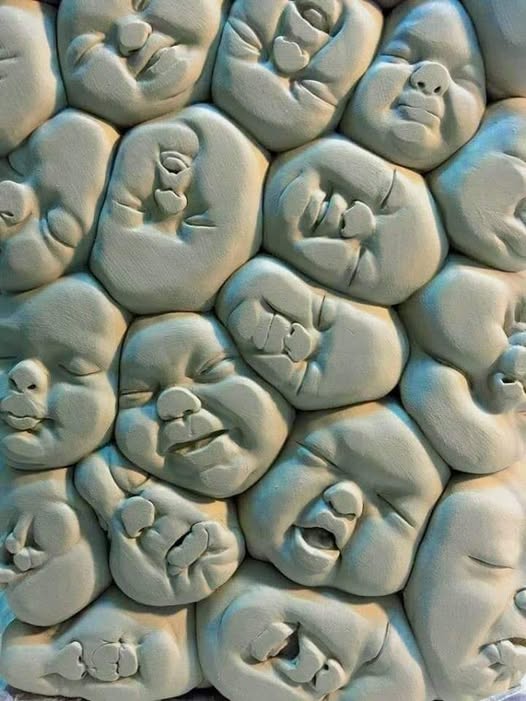
Kermit Pattison in Scientific American: No part of our body is as perishable as the brain. Within minutes of losing its supply of blood and oxygen, our delicate neurological machinery begins to suffer irreversible damage. The brain is our most energy-greedy organ, and in the hours after death, its enzymes typically devour it from within. As cellular membranes rupture, the brain liquifies. Within days, microbes may consume the remnants in the stinky process of putrefaction. In a few years, the skull becomes just an empty cavity.
In some cases, however, brains outlast all other soft tissues and remain intact for hundreds or thousands of years. Archaeologists have been mystified to discover naturally preserved brains in ancient graveyards, tombs, mass graves and even shipwrecks. Scientists at the University of Oxford published a study earlier this year that revealed that such brains are more common than previously recognized. By surveying centuries of scientific literature, researchers counted more than 4,400 cases of preserved brains that were up to 12,000 years old.
“The brain just decays super quickly, and it’s really weird that we find it preserved,” says Alexandra Morton-Hayward, a molecular scientist at Oxford and lead author of the new study. “My overarching question is: Why on Earth is this possible? Why is it happening in the brain and no other organ?” Such unusual preservation involves the “misfolding” of proteins—the cellular building blocks—and bears intriguing similarities to the pathologies that cause some neurodegenerative conditions.
As every biology student learns, proteins are formed by chains of amino acids strung together like beads on a necklace. Every protein has a unique sequence of amino acids—there are 20 common types in the human body—that determines how it folds into its proper three-dimensional structure. But disturbances in the cellular environment can make folding go awry.
The misfolding and clumping of brain proteins is the underlying cause of dozens of neurodegenerative disorders, including Alzheimer’s disease, Parkinson’s disease, amyotrophic lateral sclerosis (ALS) and the cattle illness bovine spongiform encephalopathy (BSE), also called mad cow disease. Now scientists are discovering that some misfolded proteins also can form clumps after death—and persist for hundreds or thousands of years.
More here.







